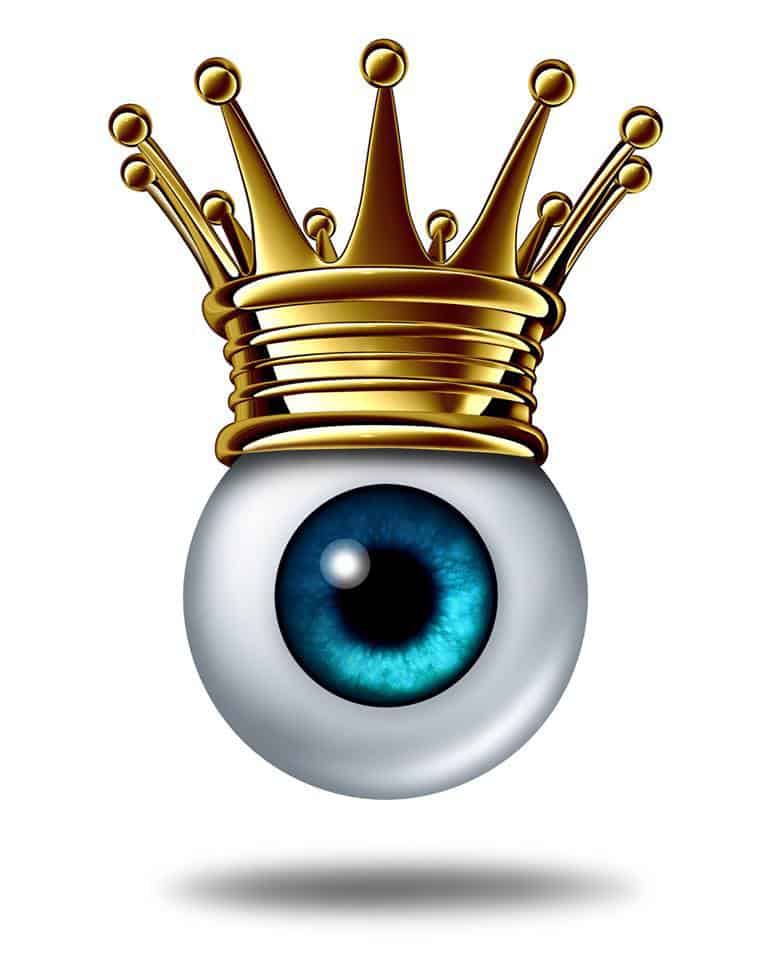Myopia, commonly known as short sightedness or nearsightedness, is a problem with the refraction of the eye. Myopic or near sighted people can see objects which are nearby, but their vision for far away objects is blurred. Myopic eyes either have extra steep corneas or extra-long eye balls, and so instead of being focused on […]
Hypermetropia, Hyperopia, Farsightedness or long sightedness all refer to the same eye problem which causes the affected patient to have difficulty in focusing on nearby objects. The vision for far away objects remains quite clear. However, in very extreme situations the affected person might not be able to focus on any target at any given […]
What is Amblyopia? Amblyopia also known as lazy eye, is an eye disorder which is said to affect 1 to 5 percent of the population. It leads to poor vision in an eye that is physically normal. This problem may be caused during early childhood due to poor transmission or bad transmission of visual images […]
If you are like most parents, your Child’s eyesight will be of the utmost importance to you. When evaluating your child for vision problems or dyslexia, you should look for the following signs while listening and watching them read: Loss of place often when reading. Poor reading comprehension. Frequent omission of words. Short attention span […]
Did you know that every 5 seconds someone somewhere around the world goes blind? Also every minute a child somewhere in the world goes blind According to WHO estimates: * About 314 million people are visually impaired worldwide; 45 million of them are blind. * Most people with visual impairment are older, and females are […]
Eye drops are free from bacteria (sterile) before they’re opened. Once they’re opened, here are some things you should know – It is advisable not to let anyone else use your eye drops, and not to use anyone else’s eye drops yourself The drops should be kept out of children’s reach It is a good […]
Research shows that People have preferred styles that may be dominant. They are called lead and preferred styles. My lead system is auditory-digital. I am also right-handed. If you asked me the question “what colour is your kitchen door”, You might see that my eyes first look down to my left (auditory-digital) before looking up […]
Sometimes we can use eye patterns to evaluate congruence or truthfulness. If someone is asked to describe something they have heard or seen, their eyes would most likely move in the direction of visually or auditory remembered -VR & AR. On the other hand, if they are making it up, then their eyes should have […]
Question 1 – Eyes up and to our left. — Visual remembered (VR). This is a question about something we have seen before and hence we remembered it. Question 2 – Eyes up and to our right. — Visual constructed (VC). This is a question about something we may not have seen before and hence […]
According to research, lateral and vertical eye movements seem to be associated with activating various parts of our brain. These movements are also called eye accessing cues as they provide us with clues as to how people are accessing information. For you to understand these eye movements let us do an exercise. This is best […]

Recent Comments